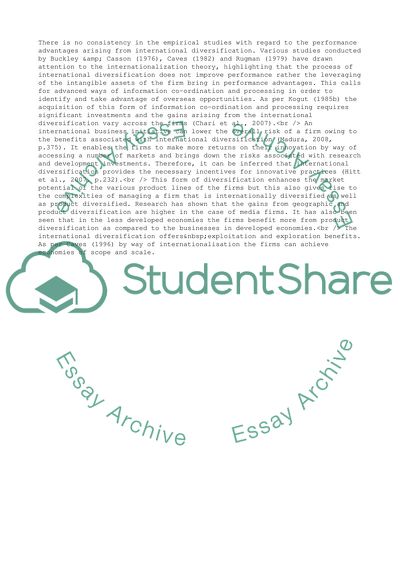Cite this document
(Modern Financial Markets Term Paper Example | Topics and Well Written Essays - 2252 words - 1, n.d.)
Modern Financial Markets Term Paper Example | Topics and Well Written Essays - 2252 words - 1. Retrieved from https://studentshare.org/business/1749680-the-costs-and-the-benefits-of-international-diversification
Modern Financial Markets Term Paper Example | Topics and Well Written Essays - 2252 words - 1. Retrieved from https://studentshare.org/business/1749680-the-costs-and-the-benefits-of-international-diversification
(Modern Financial Markets Term Paper Example | Topics and Well Written Essays - 2252 Words - 1)
Modern Financial Markets Term Paper Example | Topics and Well Written Essays - 2252 Words - 1. https://studentshare.org/business/1749680-the-costs-and-the-benefits-of-international-diversification.
Modern Financial Markets Term Paper Example | Topics and Well Written Essays - 2252 Words - 1. https://studentshare.org/business/1749680-the-costs-and-the-benefits-of-international-diversification.
“Modern Financial Markets Term Paper Example | Topics and Well Written Essays - 2252 Words - 1”, n.d. https://studentshare.org/business/1749680-the-costs-and-the-benefits-of-international-diversification.


